AT 1,018ft tall, US Bank Tower is considered the tallest skyscraper in Los Angeles. Designed by celebrated Chinese-American architect, I M Pei, the Grade A office building is a 72-storey tower with six levels of underground parking. Completed in 1989, it has a total area of 1.4 million sq ft, and until recently, was the most famous building in the portfolio of downtown Los Angeles' largest office landlord, MPG Office Trust Inc.
The building boasts of the world's highest helipad, where in 2011, BMW showed off the drifting abilities of the 1 Series M Coupé. US Bank Tower, formerly known as Library Tower and First Interstate World Centre, has also starred in movies such as the 1996 sci-fi thriller, Independence Day, where the building was the first to be blown up by alien ships; The Day after Tomorrow in 2004, where it was destroyed by a Category F5 tornado; and in 2012, where the building along with the whole city was destroyed by earthquakes of magnitude 10+.
On March 11, Overseas Union Enterprise (OUE), a Singapore-listed property group with a market capitalisation of $2.6 billion, and controlled by Indonesian tycoon Stephen Riady, swooped in and announced the purchase of the iconic tower for US$367.5 million (S$459.4 million). The acquisition is made through the company's wholly-owned US subsidiary, Beringia Central LLC, and includes the purchase of two adjacent properties, Maguire Gardens and a parking facility in downtown Los Angeles.
"US Bank Tower is a well-positioned building that we expect to appeal to a broad base of both local and international office tenants operating in California," says Riady, OUE's executive chairman in a statement.
But OUE's Riady isn't the only Singapore player heading to the US. Catalist-listed SingXpress Land has announced plans to venture into the US market. According to the company in a March 11 announcement, it believes that "the US economy is at the beginning of a recovery phase even though the real estate market there appears to be still in the doldrums".
SingXpress Land, which has been renamed SingHaiyi Group, is looking at direct investment in distressed property assets in the US, projects with payment problems or on the brink of bankruptcy, as it perceives potentially higher returns in such investments.
Riding Singapore's boom
The former SingXpress Land morphed into a property player after several reincarnations in the hands of serial entrepreneur-and-investor Chan Heng Fai. The fast-talking Hongkonger-turned-Singapore citizen acquired a controlling stake in the former Futuristic Group, a Catalist-listed company that specialised in the fitting out of retail stores. Chan then tried to turn around the distressed company by breaking into the US retail market. When that didn't work out, he ventured into the travel business, only to experience a slump during the US subprime crisis in 2008.
Chan then identified property development as SingXpress Land's next core business. He started investing in the Singapore property market in 2005 and by 2006, he was convinced that the property market was headed for an upswing. He began by buying a few units in The Arcadia, located off Adam Road, and then SOHO units at The Central at Clarke Quay. He then bought an entire office floor at Suntec City, but sold it a year later when he received an unsolicited offer he could not refuse. He then jumped into The Sail@Marina Bay and bought five apartments there.
In 2006, when UOL Group launched Southbank, he scooped up all the unsold SOHO units in the project, which contains 197 apartments and 60 SOHO units. In the last few years, through the purchase of units in the resale market, the group has accumulated 32 SOHO units and one shop at Southbank.
Likewise, Riady and his family's Lippo Group entered the Singapore property market in 2004, and took a bet that the city-state's property market was poised for a strong recovery. He invested in commercial and residential projects, and participated in the boom that followed. Lippo Group purchased the commercial building at 78 Shenton Way for $151 million in 2004, and sold it in early 2007 for $350 million, more than double the purchase price. Lippo Group also ventured into residential property development, with projects in the prime districts of Singapore, including Newton One, The Trillium, Centennia Suites, and The Marina Collection.
Zooming in on prized assets in premium locations, Riady, in a joint venture with Malaysian tycoon Ananda Krishnan, purchased OUE from United Overseas Bank (UOB) in 2006. And in 2010, he bought Krishnan's stake in OUE. Assets in OUE's portfolio include Mandarin Gallery, a 196,000 sq ft upscale niche mall along Orchard Road. OUE had spent $200 million in an extensive makeover before opening Mandarin Gallery two years ago.
The former Overseas Union House as well as the former Change Alley Aerial Link in Collyer Quay were both redeveloped and rebranded as OUE Bayfront, with a Grade A office building called OUE Tower and the overhead retail link, OUE Link. As at end-December 2012, OUE Bayfront had a committed occupancy rate of 93.2%, with OUE Tower and OUE Link fully leased.
Another landmark office property owned by OUE in Singapore is the former DBS Building Towers One and Two purchased in 2010 for $870.5 million, or $970 psf of net lettable area. At the time, some industry watchers considered the price to be expensive. The property was valued at $1.4 billion in December last year. OUE renamed the buildings Six Shenton Way, and plans are underway to enhance the two towers.
OUE also owns several hotel properties. In Singapore, they are the Mandarin Orchard with more than 1,000 rooms and part of Mandarin Gallery, as well as the 320-room Crowne Plaza Changi Airport, which it purchased in 2010, and where a proposal to develop 200 more rooms on the adjacent site is being considered. The other two hotel assets are located in China: the Meritus Mandarin Haiku in Hainan and Meritus Shantou China in Guangdong province.
The sole residential project in OUE's portfolio is Twin Peaks, a 462-unit, 99-year leasehold high-end condominium in prime Leonie Hill Road. The project is a redevelopment of the former Grangeford, which the company purchased en bloc for $625 million or $1,810 psf per plot ratio in mid-2007 in the last property boom. As at end-January this year, only 62 units have been sold, with the latest median price achieved of $2,944 psf.
Draconian measures
With the luxury residential segment already sluggish, the Singapore government unleashed its seventh round of property cooling measures on Jan 12. These included a hike in Additional Buyer's Stamp Duty on all categories of residential property purchases except for first-time homebuyers, higher cash down payments and tightened borrowing limits for those taking a second or third mortgage. In the Budget 2013, the government also introduced a progressive property tax structure, seen as a wealth tax on investment property, with vacant properties no longer enjoying property tax refunds with effect from January 2014.
With such harsh measures, OUE says it will review its strategy on the sale of units at Twin Peaks. The company also indicated that it had applied to convert one of the two towers at Twin Peaks, as well as Tower One of Six Shenton Way into serviced residences. It also intends to list its hospitality assets in a REIT.
Singapore property investors — both corporate and individuals — are increasingly looking overseas to diversify their portfolios. Most investors are looking to traditional hot spots such as London, Sydney and Melbourne, primarily driven by children's education as well as for investment. Another market that has seen an increase in interest among investors is Iskandar Malaysia. "We've seen those with a bit more appetite for risk looking at Malaysia, and Iskandar has certainly been a market where we have seen growth in demand, and significant international investment," says Nicholas Holt, regional head of research at Knight Frank Asia Pacific. "However, this is a long-term play," he cautions.
Across Asia-Pacific, China, Hong Kong, and even Indonesia as well as Malaysia have introduced some form of anti-speculation measures. Even in the West, the UK has raised stamp duty land tax recently. Countries such as France, Italy, Portugal and Spain, have also introduced some form of wealth tax or higher property taxes, observes Holt. In Switzerland, there is a 20% cap on second homes, "which pretty much means that there are no more ski chalets being built in the Alps at the moment", he adds.
Value in US commercial property?
By contrast, tycoons such as OUE's Riady and SingXpress Land's Chan see value in US commercial property. Perhaps it is because the US is one country that has not seen any direct government intervention in the property market, points out Holt.
According to OUE in its FY2012 results briefing, Singapore remains a preferred market, but the bid-ask spreads have made it tough to acquire more assets. The acquisition of US Bank Tower came shortly after the briefing on Feb 26, when the company's management discussed the potential of exploring overseas opportunities, and identified the US and China as the two most attractive markets, according to Credit Suisse in a report.
"After a successful 2012, OUE is seeking new avenues for growth, where value can be identified and realised," says Riady. OUE intends to leverage its strengths in leasing and asset repositioning to increase occupancy and net operating income yield on US Bank Tower, which is currently only 56%-leased.
However, Credit Suisse raised concern about the low occupancy of US Bank Tower. According to analyst Yvonne Voon, net absorption in the US office market is still in the negative range, with no signs of levelling off. "This could suggest higher concessions, given the higher vacancy of the large office building," she reasons. Vacancy in downtown Los Angeles is said to be 13.8%, with asking rents of $37.37 psf per year. Meanwhile, Class A office space absorption has been -271,000 sq ft in 2012 versus -176,000 sq ft in 2011. In fact, it has been in negative territory since the onset of the US subprime crisis five years ago.
OUE's Riady has shown himself to be a gutsy investor in Singapore. Recently, in a two-month battle for listed conglomerate Fraser and Neave (F&N), which has assets ranging from soft drinks to property development, Riady was pitted against Thailand's richest self-made billionaire and largest brewer, Charoen Sirivadhanabhakdi of Thai Beverage PCL. However, the Thai tycoon has since won majority control of the conglomerate.
Investment banking approach
Meanwhile, SingHaiyi's Chan, who used to run his own investment banking firm, adopted the same approach to real estate investing in Singapore. Of the more than 35 companies he has restructured over the past 40 years, Chan is proudest of the turnaround he engineered at American Pacific Bank. The Portland, Oregon-based commercial bank was on the verge of bankruptcy when Chan purchased it in 1987. He recapitalised the bank, expanded its business and made it profitable before listing it on the NASXDAQ from 1988 to 2004, when it was subsequently merged with Washington-based Riverview Bancorp Inc.
At SingHaiyi, the focus was initially on mass-market housing. The group's maiden residential development was Charlton Residences, a freehold strata title-landed residential project in a joint-venture with boutique developer ACT Holdings.
Last year, SingHaiyi and its joint-venture partner, privately held construction company Kay Lim Holdings, launched the 450-unit Pasir Ris One — widely considered to be the last public housing project under the Design, Build and Sell Scheme after the government suspended sales of such sites.
The most recent project involving SingHaiyi was the 514-unit executive condo (EC) CityLife@Tampines, where it holds a 30% stake.
On Jan 23, SingXpress announced that it had sold a 5.5% stake in CityLife for $4 million to Everview Capital Partners LP, a pan-Asian real estate investment firm.
And now, SingHaiyi intends to adopt the same "investment banking approach" in its US real estate investments. To fund its overseas expansion, the company proposed a rights issue and share placement to raise $226.5 million. It will issue 13 billion new shares at an issue price of 1.5 cents on the basis of one new share per existing share.
The company will also place 2.2 billion shares at 1.5 cents each to Acquire Wealth, an investment vehicle that is 70%-owned by its managing director, Gordon Tang, and 30%-owned by New Palace Developments, controlled by Neil Bush (the brother of former US president George W Bush) and his wife.
The rights issue and placement shares will enlarge the issued share capital of SingHaiyi to 27.9 billion shares from 12.87 billion shares. Its market capitalisation was $514.7 million on March 14.
After the completion of the share placement, Bush will be appointed chairman and non-executive director of SingHaiyi Group. Bush is a long-time business partner of Tang through the Oregon-based American Pacific International Capital, Inc (APIC), where Tang has served as chairman since 2003.
A successful businessman with diversified interests in many businesses in Asia, primarily in China and Singapore, Tang, through his company Haiyi Holdings, invested about $94.4 million in SingXpress last year, and now owns a 62.23% stake in the company. Following the rights issue and enlarged share capital, his stake will be raised to 81.11%.
In the past few years, Tang had been active in the real estate market in the US and was successful in acquiring distressed assets. Through APIC, he has acquired KOIN Tower, a landmark Grade A office building in Portland, Oregon, and five hotels in downtown San Francisco with a total of 515 rooms.
APIC is also currently developing two single-family house projects in Oregon, and two condo projects in downtown San Francisco. The company is also developing two shopping malls in California. For now, Tang has no plans to inject any of his US property assets or business into the group.
SingHaiyi intends to use all the net proceeds from the latest rights issue to pursue property investments in the US, either via direct acquisition or the acquisition of vehicles holding real estate.
If more Singapore developers such as OUE and SingHaiyi continue to look to the US for acquisitions, more iconic buildings like US Bank Tower may be given a new lease of life.
This story first appeared in The Edge Singapore weekly edition of Mar18-24, 2013.
TOP PICKS BY EDGEPROP

Iris @ Bandar Hillpark
Bandar Puncak Alam, Selangor

Apartment Melodi Perdana
Bandar Puncak Alam, Selangor
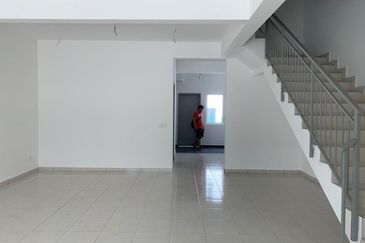
Laman Haris @ Eco Grandeur
Bandar Puncak Alam, Selangor
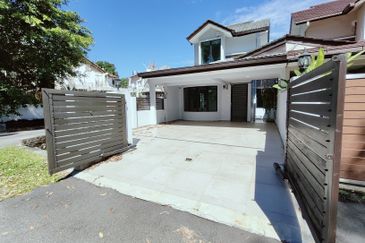
Bandar Kinrara 2
Bandar Kinrara Puchong, Selangor



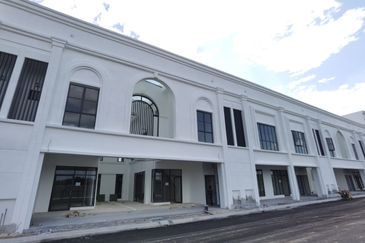
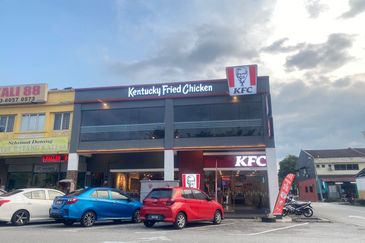
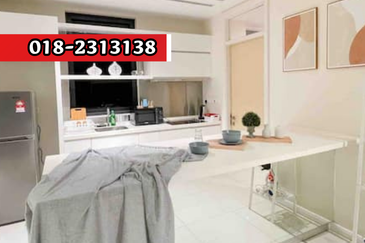
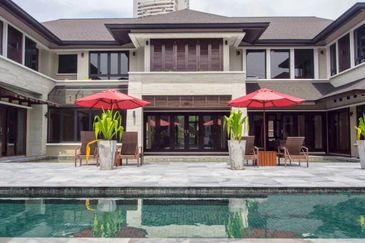
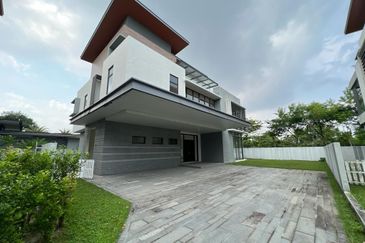
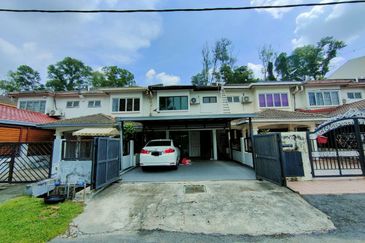
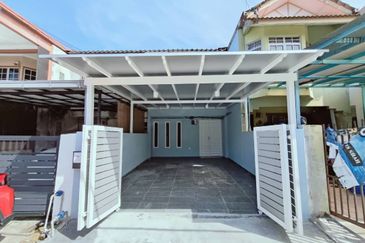
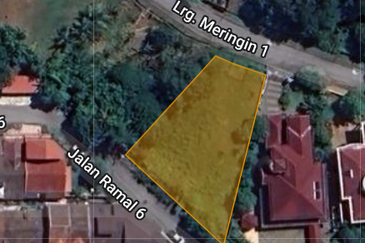
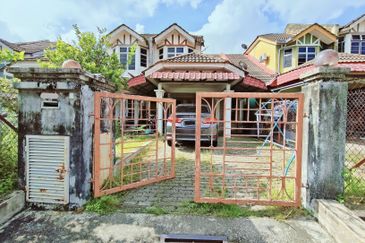
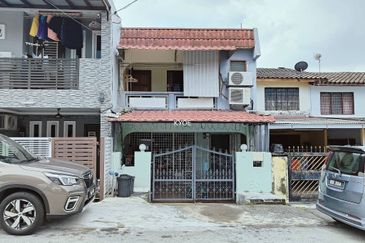
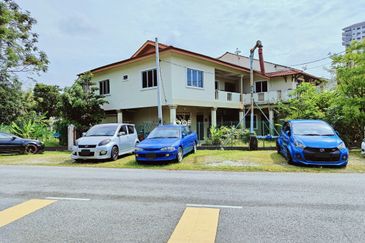
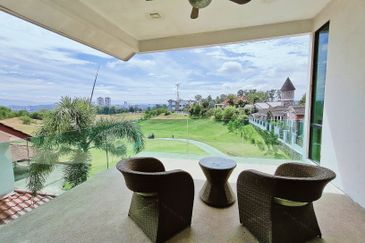

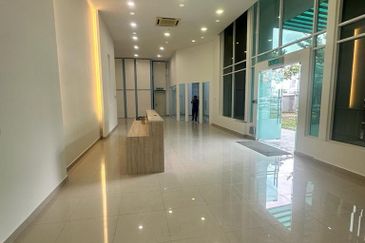
hero.jpg?GPem8xdIFjEDnmfAHjnS.4wbzvW8BrWw)



